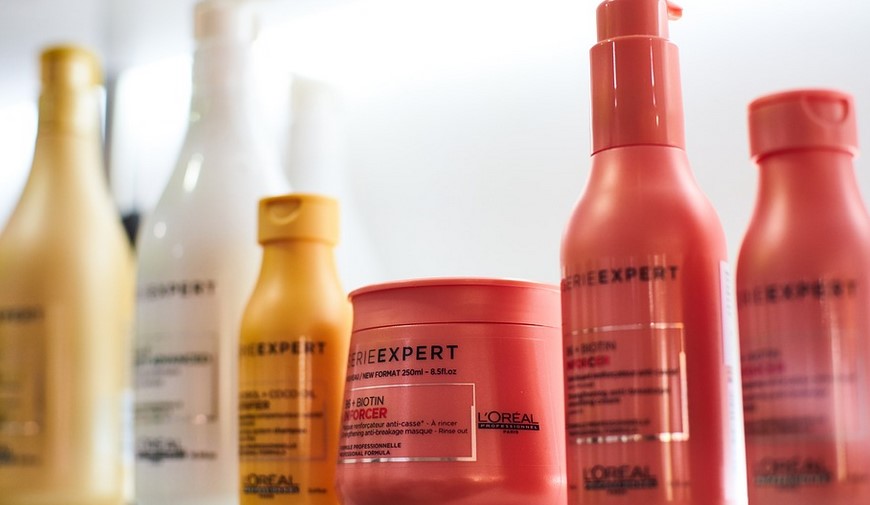The History and Significance of Henna
Henna, also known as mehndi, has been used for centuries in various cultures as a form of body art. It is made from the leaves of the henna plant and is traditionally used to adorn the hands and feet for special occasions such as weddings and festivals. In addition to its aesthetic appeal, henna is also believed to have medicinal properties and is used in Ayurvedic and traditional medicine.
How Long to Keep Henna on Hands?
The duration for which henna should be kept on the hands depends on various factors such as the quality of the henna, the design complexity, and the desired depth of color. Generally, it is recommended to keep henna on the hands for a minimum of 4-6 hours. However, some people prefer to keep it on for longer periods, ranging from 8-12 hours or even overnight.
The First 4-6 Hours
During the first 4-6 hours of application, it is essential to avoid any contact with water or any other liquid as it can interfere with the staining process. It is recommended to keep the henna paste on the hands for this period before scraping it off gently.
After 6 Hours
After 6 hours, the henna paste will start to dry out, and the skin will absorb the dye. At this point, it is safe to wash the hands with water and mild soap to remove the dried paste gently. However, it is essential to avoid using any harsh soaps or scrubbing too hard as it can lead to fading of the henna design.
Factors Affecting Henna Staining
Several factors can affect the intensity and longevity of henna staining on the hands. These include the quality of the henna paste, the skin type, the body part where henna is applied, and the aftercare routine followed.
Henna Paste Quality
High-quality henna paste, made from natural ingredients without any additives or chemicals, is more likely to provide a deeper and long-lasting stain compared to low-quality or chemically treated henna.
Skin Type
People with dry skin tend to get a darker and more long-lasting henna stain compared to those with oily skin. It is recommended to moisturize the hands with natural oils, such as coconut or olive oil, before applying henna to get the best results.
Body Part
The body part where henna is applied can also affect the staining process. Areas with thicker skin, such as the palms and soles, tend to get a darker and longer-lasting stain compared to thinner skin areas such as the back of the hand.
Aftercare Routine
Proper aftercare routine, such as avoiding contact with water, moisturizing the hands, and avoiding harsh soaps, can help in maintaining the henna design for a more extended period.
Conclusion
In conclusion, the duration for which henna should be kept on the hands depends on several factors, including the quality of the henna, the design complexity, and the desired depth of color. Generally, it is recommended to keep henna on for a minimum of 4-6 hours before scraping it off gently. However, it is essential to follow proper aftercare routine to maintain the henna design for a more extended period.

